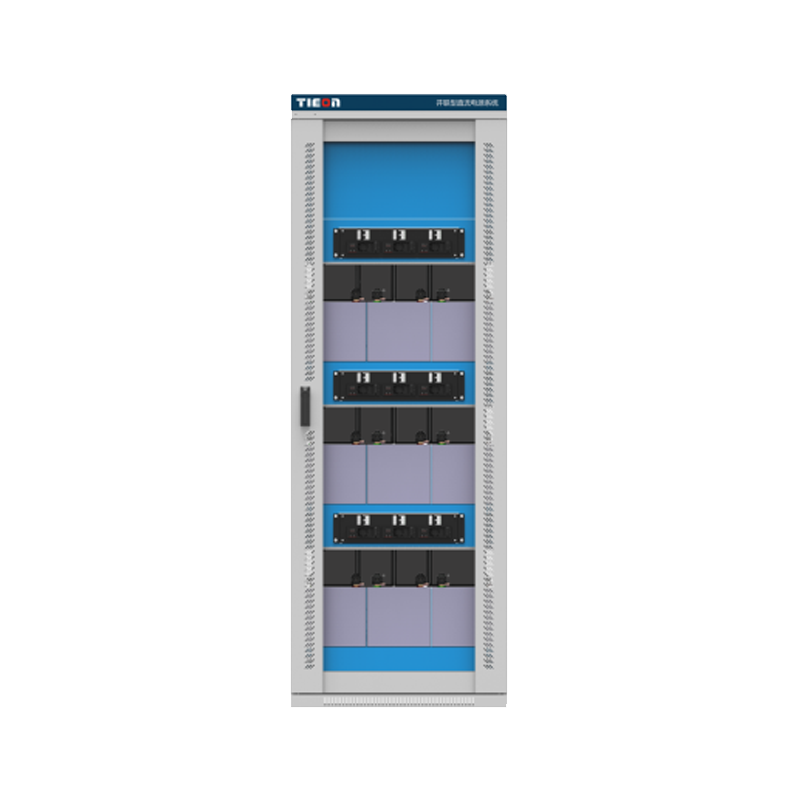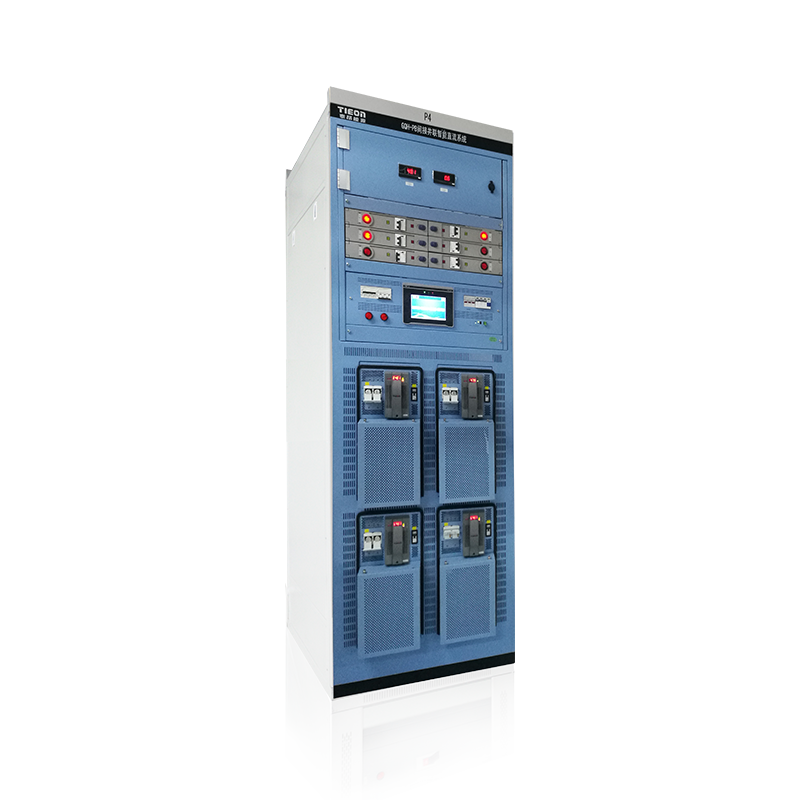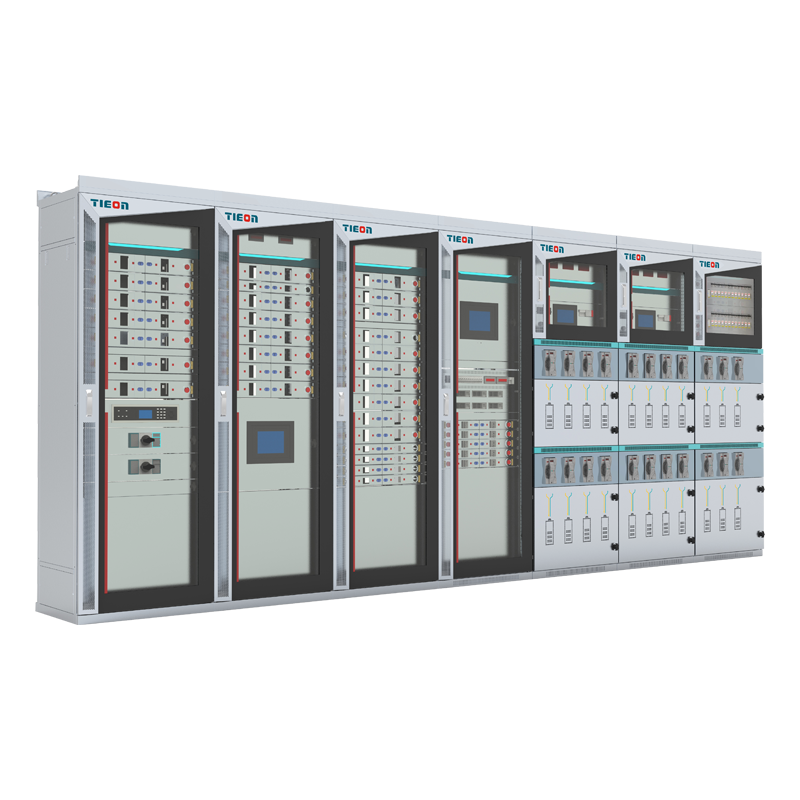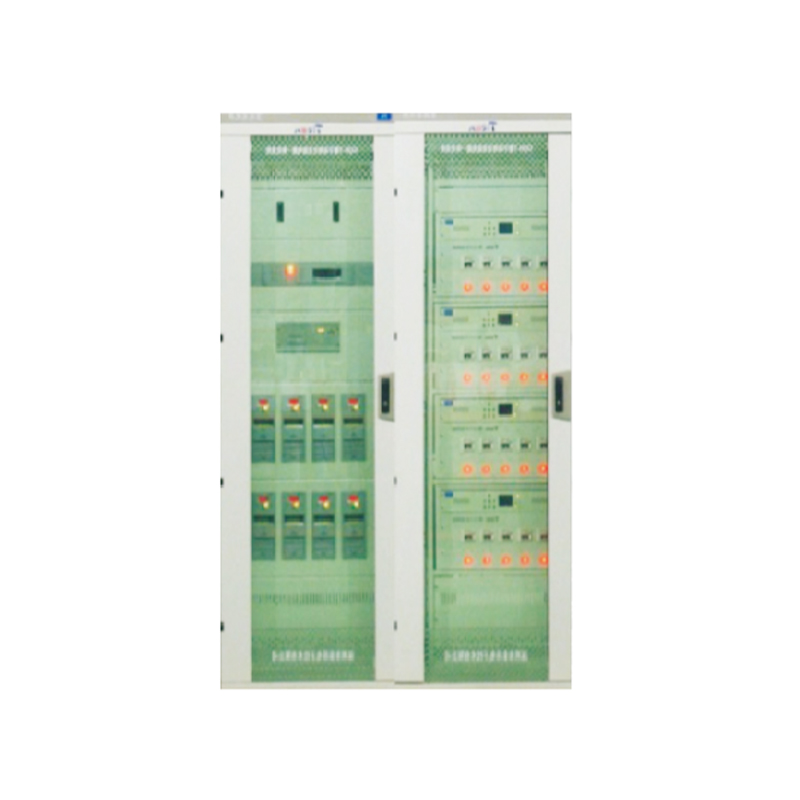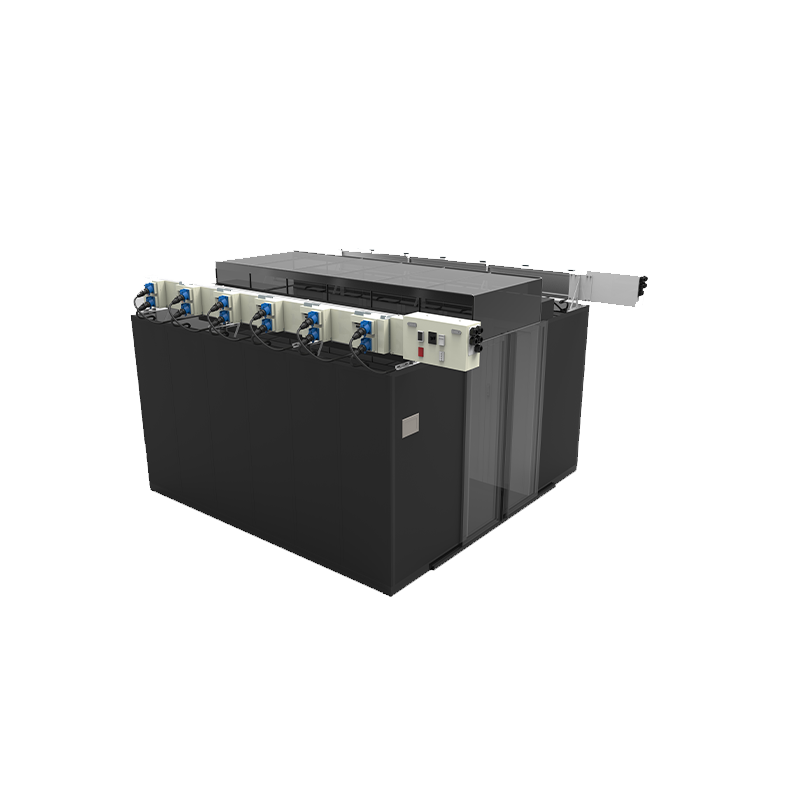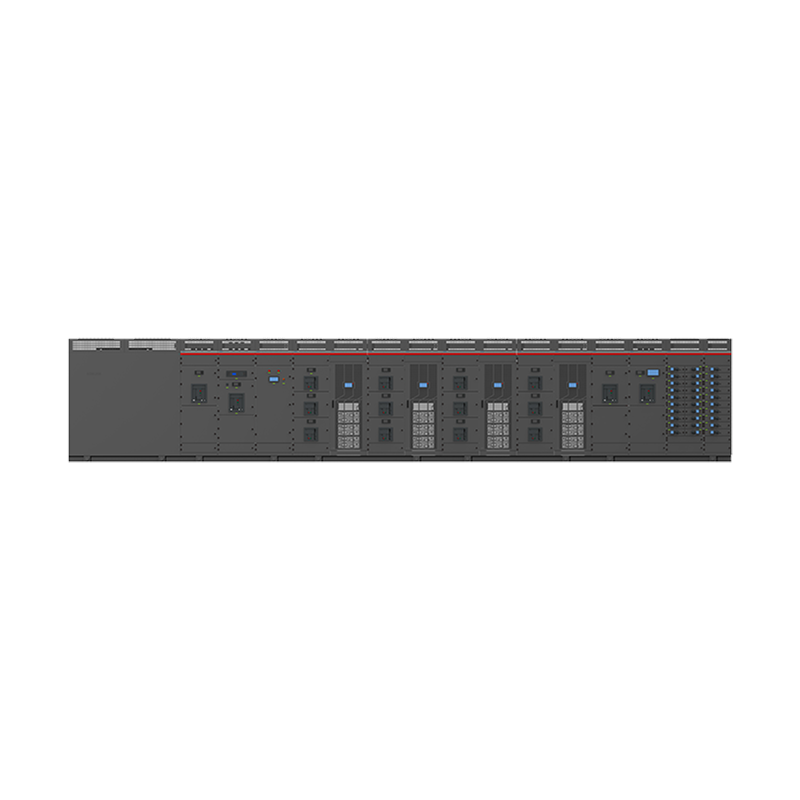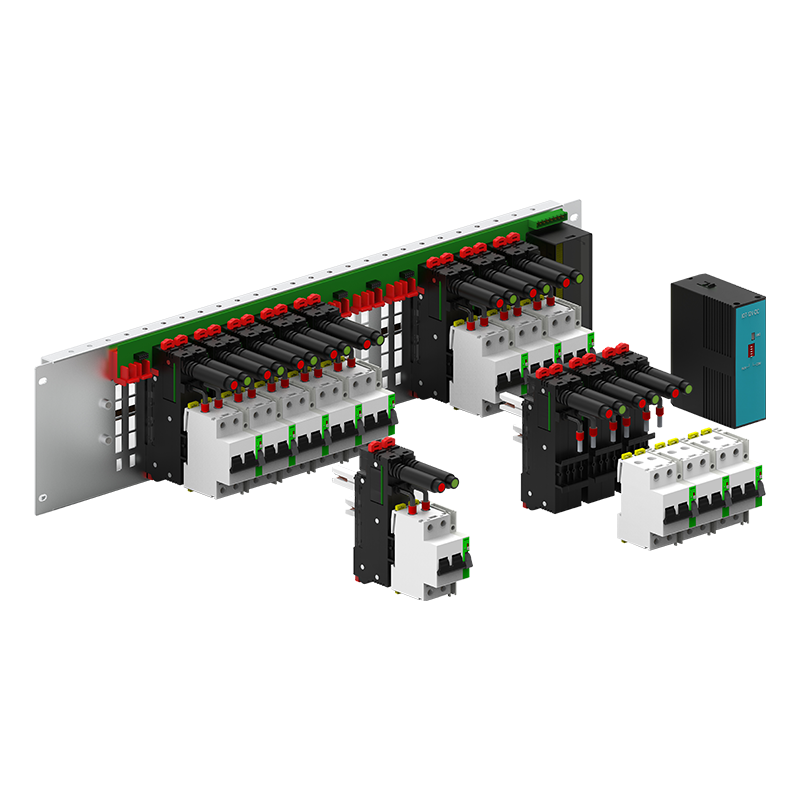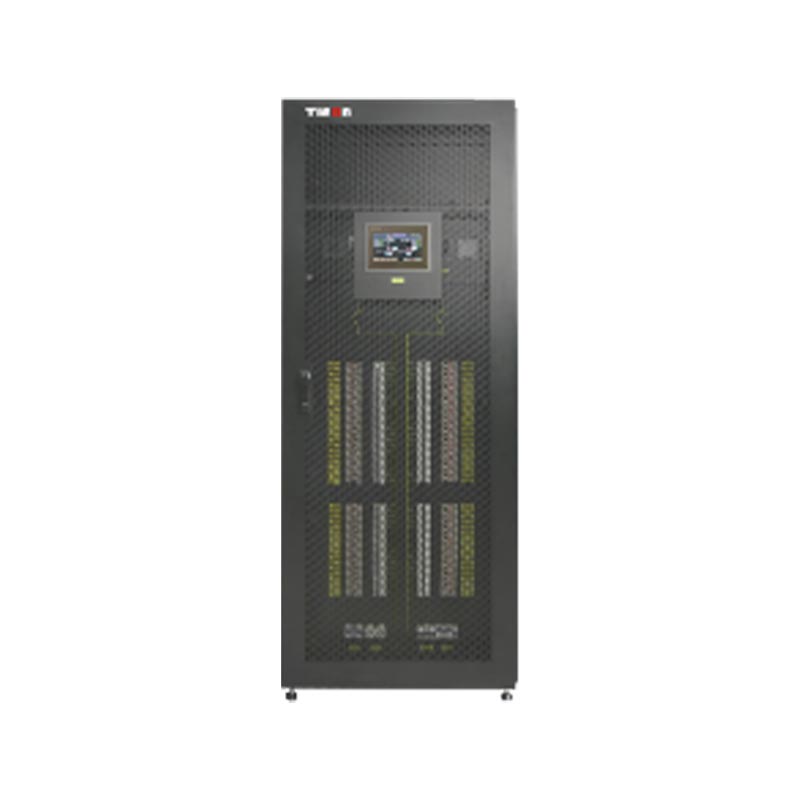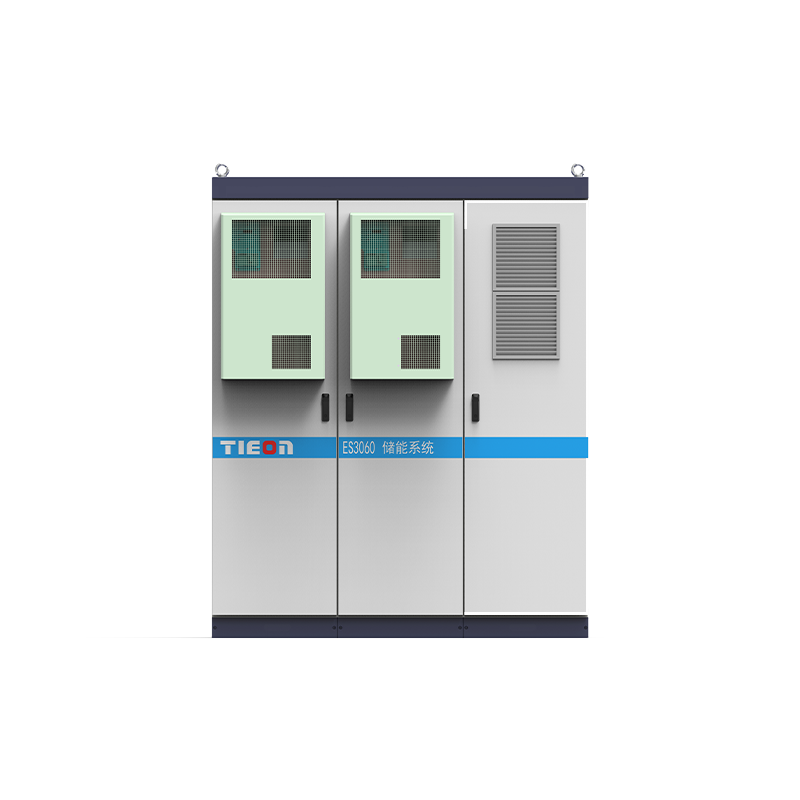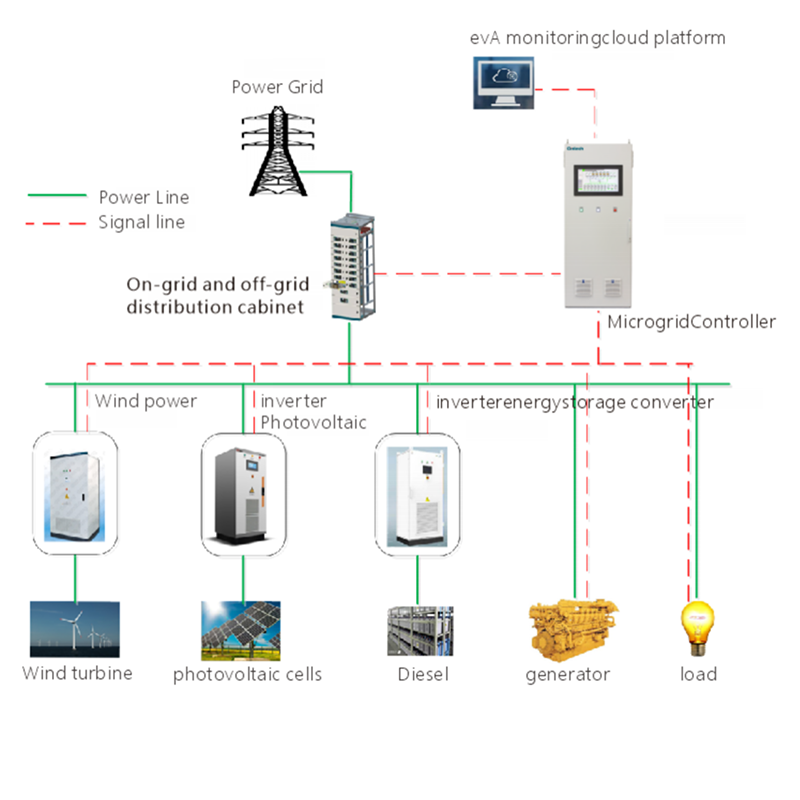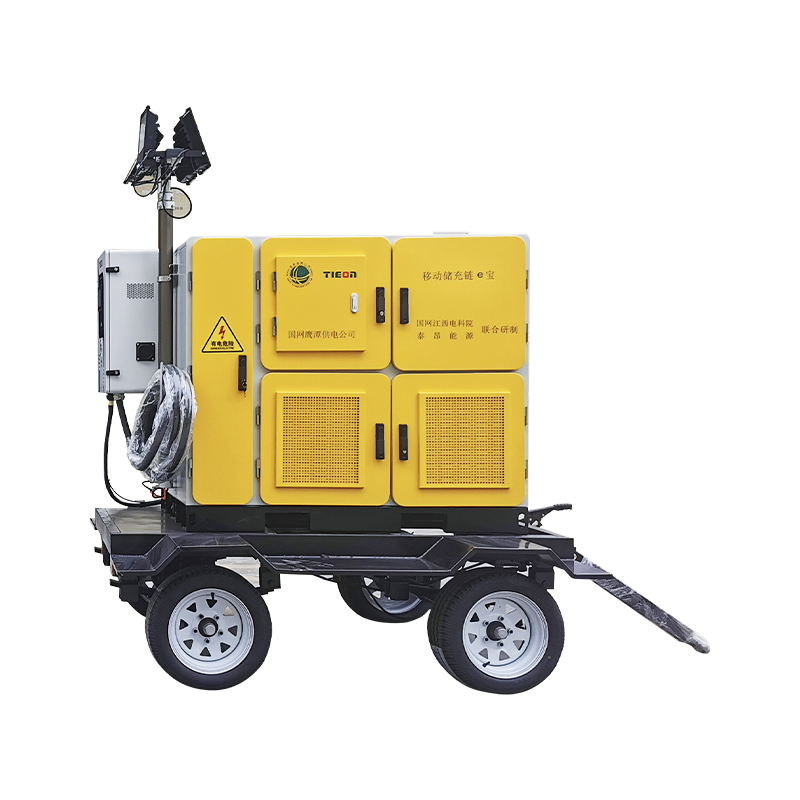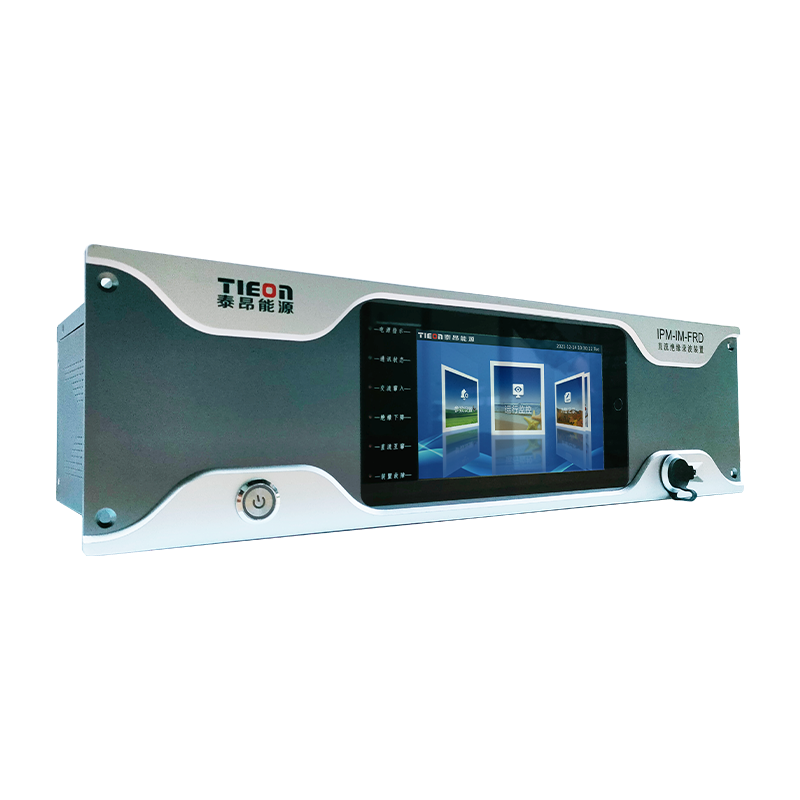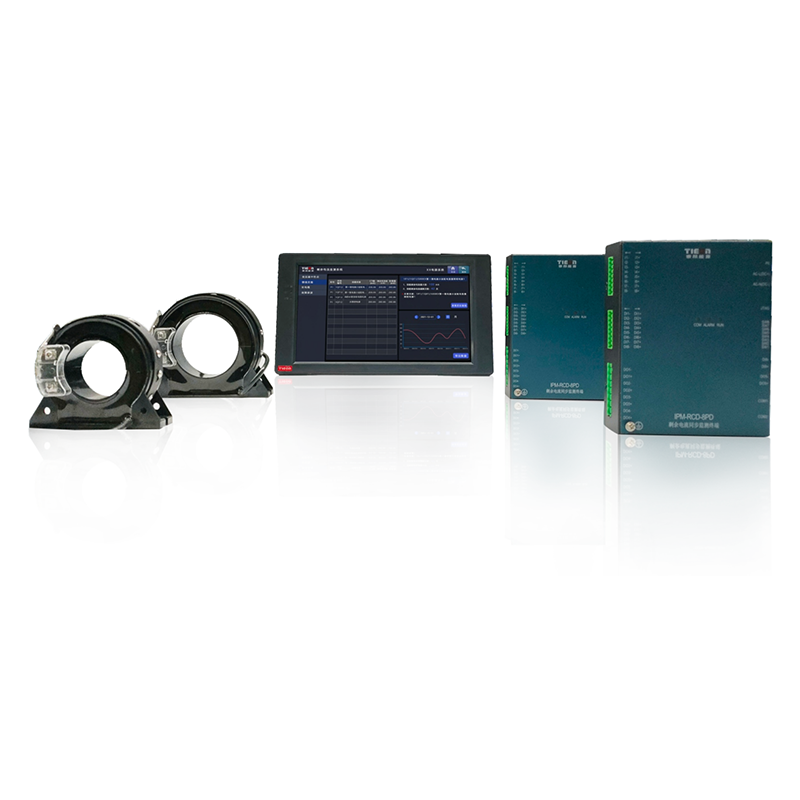Energy storage is the capture of energy at one time for use at another. It’s what keeps power available by bridging the gap between the supply and demand of energy. An energy storage system is a method or mechanism that can store energy in different forms (electrical, thermal, or chemical) and then convert it back when needed.
Why is Energy Storage important?
Moving to renewable energy sources like wind and solar is changing the energy landscape. While they are sustainable these sources are intermittent. Wind energy is weather dependent and solar power is not available at night. These variations are balanced by an energy storage system that stores extra energy and releases it when needed.
Backup batteries are the key to this process as they act as a safety net to keep power going during grid outages or high demand.
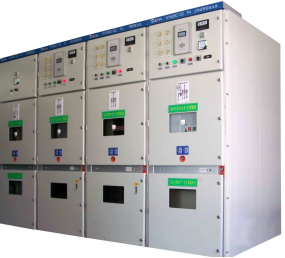
Recent News on Energy Storage
A great example of the impact of energy storage is the funding of the 1GW photovoltaic project in Uzbekistan. 500MW in Bukhara State and 500MW in Kashkadarya State, this is the first large-scale new energy project invested and built by Chinese enterprises in Central Asia after the 2023 China-Central Asia Summit.
Called by the President of Uzbekistan a “new energy model project”, this project under the “Belt and Road Initiative” sets a new standard for the region. The success of the project proves the importance of ESS and backup batteries in scaling up renewable energy solutions.
How does Energy Storage work?
Energy storage systems work in three steps:
Energy Collection: Extra energy is collected from renewable sources.
Energy Storage: Backup batteries store the energy for later use.
Energy Discharge: The stored energy is released when power is lost or when demand rises.
This is the technology for a sustainable future as it maximizes energy usage and minimizes waste. Backup storage batteries keep the system going when power is continuous.
Applications of Energy Storage Systems
ESS has many applications across different sectors:
Residential: Provides power to homes, especially in remote areas.
Commercial and Industrial: It supplies energy solutions to data centers, manufacturers, and hospitals.
Renewable energy projects: Stores wind turbine and solar energy for power supply.
Our photovoltaic solutions with ESS can benefit both small and large-scale applications.
Why 3060 Energy Storage System
The 3060 Energy Storage System combines lithium batteries, fire protection, and PCS into a single unit for easy setup and maintenance. It offers cost-effective efficiency with smart management and 89% performance. It also includes unmatched reliability through multi-level safety features and rapid-fire suppression.
Different Types of Energy Storage Systems
- Battery Storage: Lithium-ion backup batteries are versatile and efficient, suitable for residential, commercial, and industrial use.
- Pumped Hydro Storage: Uses water reservoirs at different heights to generate power during peak demand.
- Thermal Storage: Stores energy as heat or cold, ideal for climate control applications in buildings.
Conclusion
Energy storage devices are changing the way we capture energy. A greener future is possible with more ESS in projects like the Uzbekistan photovoltaic project.
Contact Shenzhen Tieon Energy Technology Ltd to see our photovoltaic solutions and energy storage systems. Let’s get you started on a cleaner energy future.

